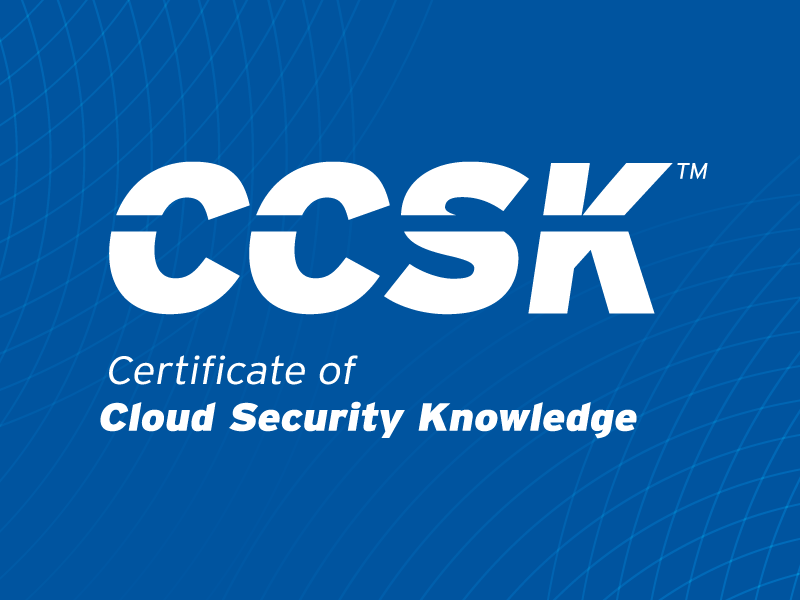Building a Robust Data Security Maturity Model
Published 03/26/2025
Written by Suresh Kumar Akkemgari, Hyland Software.
Introduction
In today's digital world, cyber threats challenge governments, business, critical infrastructure, and individuals. As these threats grow more frequent and complex, organizations must enhance their security measures. Data security governance entities should assess their security maturity to stay resilient.
Security maturity measures an organization's ability to manage risks within its specific context. It involves identifying risks, implementing protections, monitoring compliance, and enforcing policies. This guide explains data security maturity and provides assessment methods and best practices for strong security outcomes.
The Evolution of Security Maturity Models
Security maturity models have long served as benchmarks for assessing organizational capabilities in cybersecurity. These models have evolved significantly over time, adapting to emerging technological landscapes and industry requirements.
There are several well-known security maturity models available to organizations for assessing and improving their security posture. Some of the most recognized ones include:
- CMMI (Capability Maturity Model Integration): A model originally developed for software engineering, CMMI is also used for assessing security processes. It provides a five-level framework to measure the maturity of an organization's security practices.
- NIST Cybersecurity Framework (CSF): This framework, developed by the National Institute of Standards and Technology, offers a set of guidelines for improving cybersecurity practices. It provides a maturity model to assess and enhance security processes, focusing on identify, protect, detect, respond, and recover functions.
- ISO/IEC 27001 Maturity Model: ISO/IEC 27001 is a standard for information security management systems. Its maturity model evaluates how well an organization has implemented its security policies and controls to align with the standard.
- SANS Critical Security Controls (CSC): The SANS Institute's CSC is a set of prioritized cybersecurity best practices. They offer a maturity model that helps organizations evaluate their effectiveness in implementing security controls.
- Cybersecurity Capability Maturity Model (C2M2): Developed by the U.S. Department of Energy, C2M2 helps organizations assess their cybersecurity capabilities, especially for critical infrastructure. It provides a systematic approach to improving maturity in cybersecurity practices.
- The NIST SP 800-53 Security and Privacy Controls: NIST 800-53 provides a catalog of security and privacy controls. It also supports a maturity model to assess and improve security processes for federal agencies and contractors.
- Cybersecurity Maturity Model Certification (CMMC): Created by the Department of Defense (DoD), CMMC is a maturity model that assesses the cybersecurity practices of contractors working with the DoD. It is designed to ensure that sensitive defense information is protected.
Each model provides a structured approach to evaluating security practices and helps organizations develop a roadmap for improvement over time.
Understanding Data Security and Its Significance
Data security is a critical component of an organization's broader governance strategy. It encompasses policies, processes, and technologies designed to safeguard sensitive data in storage, transit, and usage. Effective data security strategies mitigate risks related to unauthorized access, data breaches, and regulatory non-compliance.
Core Elements of Data Security
- Identification: The process of recognizing and verifying the identity of users, devices, or systems before granting access to sensitive data. It ensures that only legitimate entities interact with the data.
- Classification: The process of categorizing data based on its sensitivity, value, and regulatory requirements. By classifying data, organizations can apply appropriate security controls and ensure that sensitive data receives the highest level of protection.
Data protection mechanisms
- Access Control: Implement security access control by assigning role-based permissions, ensuring users have only the minimum access needed for their tasks, and enforcing multi-factor authentication.
- Data Encryption: Protecting data by converting it into unreadable formats, ensuring its confidentiality, integrity and security during storage and transmission.
- Monitoring and Auditing: Continuously tracking and reviewing access and actions on data to detect and respond to potential threats.
Why Data Security Maturity Matters Today
With the increasing adoption of cloud services and distributed data environments, traditional security models no longer suffice. The emergence of Data Security Platforms (DSPs) has transformed how organizations approach security by integrating governance, access control, and risk management across multiple ecosystems.
- Regulatory Pressures – Compliance mandates such as GDPR, HIPAA, PCI-DSS, and ISO 27001 require organizations to demonstrate robust data security controls.
- Hybrid & Multi-Cloud Environments – As organizations migrate workloads across cloud platforms, unified security frameworks become essential.
- Advanced Analytics & AI – Organizations leverage data-driven insights while ensuring secure access and ethical data usage.
Maturity Model for Data Security
Organizations progress through different stages of maturity based on their security strategies and implementations. The following five levels categorize an organization’s data security evolution:
- Initial (Level 1)
- Lack of a unified data security strategy.
- Security policies managed separately by different business units.
- Limited automation and enforcement of security policies.
- Foundational security controls in place but with significant gaps.
- Managed (Level 2)
- Stakeholders begin collaborating on unified data security initiatives.
- Security automation deployed for select data categories.
- Partial implementation of IAM, classification, and encryption policies.
- Security practices remain inconsistent across business units.
- Defined (Level 3)
- Enterprise-wide data security strategy established.
- Standardized taxonomies for classification and governance.
- Comprehensive encryption, masking, and access control frameworks.
- Enhanced automation and centralized reporting capabilities.
- Comprehensive (Level 4)
- Security strategies extended across hybrid and multi-cloud environments.
- Unified data security platforms integrated with governance tools.
- Granular access control models with delegated security administration.
- Policy-driven data security enforcement with minimal manual intervention.
- Optimized (Level 5)
- Fully automated and intelligence-driven security platform.
- Context-aware security insights for real-time threat detection.
- Democratization of secure data access for internal and external stakeholders.
- Integration with monetization models for secure data sharing and collaboration.
Conduct Data Security Assessment
A security maturity assessment helps organizations benchmark their current security posture and identify improvement areas. Consider an assessment if:
- Your organization handles sensitive or regulated data.
- Compliance audits are part of your operational requirements.
- Your infrastructure spans on-premises, hybrid, or multi-cloud environments.
- Digital transformation or cloud migration initiatives are underway.
Recommendations for Strengthening Data Security
To elevate your security maturity, consider the following best practices:
- Develop a Unified Security Strategy – Implement a centralized security framework aligning with business and compliance needs.
- Leverage Risk Management Frameworks – Use industry-standard frameworks such as NIST’s Risk Assessment Guide.
- Implement Data Discovery & Classification – Identify, label, and secure sensitive data using automated tools.
- Adopt a Zero-Trust Security Model – Enforce least-privilege access control and continuous verification.
- Establish Continuous Monitoring & Auditing – Track and analyze data access patterns to detect anomalies and enforce compliance.
- Automate Security Enforcement – Use policy-driven automation to apply consistent security controls across environments.
Conclusion
Achieving data security maturity is a progressive journey that requires continuous refinement and adaptation. Organizations should embrace a structured approach, leveraging unified security platforms and industry best practices to protect their data assets. By following this framework, enterprises can effectively balance security, compliance, and operational efficiency, positioning themselves for a secure and data-driven future.
Unlock Cloud Security Insights
Subscribe to our newsletter for the latest expert trends and updates
Related Articles:
The Ghost in the Machine is a Compulsive Liar
Published: 12/12/2025
Why Your Copilot Needs a Security Co-Pilot: Enhancing GenAI with Deterministic Fixes
Published: 12/10/2025





.png)
.jpeg)
.jpeg)
.jpeg)
.jpeg)